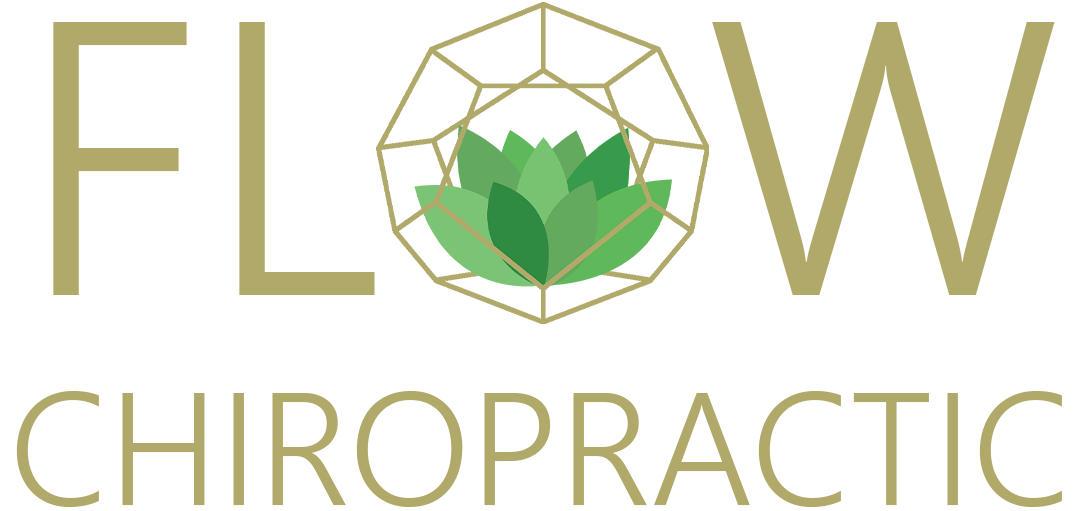The Power of Protein
Protein is often referred to as the building block of life, and for good reason. It plays a crucial role in various bodily functions, including muscle repair and growth, enzyme production, and immune system support. Whether you're an athlete striving for peak performance or simply looking to maintain a healthy lifestyle, understanding your protein needs and how to meet them is essential. In this blog post, we'll delve into the importance of protein in the diet, guide you through calculating your protein requirements, and provide you with five practical strategies to reach your daily protein goal, using an example target of 150 grams of protein.
The Importance of Protein in Your Diet
Protein is one of the three macronutrients, alongside carbohydrates and fats, that our bodies need in significant quantities. Here are some key reasons why protein is vital for your health:
1. Muscle Maintenance and Growth: Protein is essential for repairing and building muscle tissue. It helps you recover from workouts, gain strength, and maintain lean body mass, especially important as you age.
2. Satiety and Weight Management: High-protein foods can help you feel full and satisfied, which can reduce overall calorie intake and support weight loss or maintenance.
3. Enzyme Function: Proteins act as enzymes that facilitate various chemical reactions in your body, such as digestion, metabolism, and detoxification.
4. Immune Support: Many antibodies and immune system components are made up of proteins, helping protect your body against infections and diseases.
5. Hair, Skin, and Nail Health: Proteins like collagen are essential for maintaining healthy hair, skin, and nails.
Calculating Your Protein Needs
Your daily protein requirements depend on various factors, including your age, gender, activity level, and goals. In general, shooting for .8-1 gm of protein per pound of body weight will get you relatively close to your goal. It is important to remember that our bodies are not calculators and you should pay attention to your energy, digestion, and satiety after your meals to know if your strategy feels right. If you want to get a more specific guideline for yourself, head to THIS Total Daily Energy Expenditure Calculator also known as a TDEE Calculator. This is what I use with my clients to get a baseline based on their age, gender, height, weight, and activity level. I don’t use the body fat feature. More often than not, this calculator will show a much higher protein need than most people are accomplishing in their daily routine. To try to simplify protein needs, I recommend at a minimum:
20 grams of protein per meal for women (60 grams per day from meals)
30 grams of protein per meal for mean (90 grams per day from meals)
10-15 grams of protein per snack at a minimum
10-30 grams of protein after a workout
5 Strategies to Reach Your Protein Goal
1. Prioritize Lean Protein Sources:
Eggs
Chicken & Turkey
Grass-fed beef or other red meat such as Bison
Wild game such as venison
Fish
Tofu or Tempeh for vegetarians
2. Add Some Dairy if Tolerated:
Greek Yogurt (3/4c contains 17 grams of protein!)
Cottage Cheese (1/2 cup contains 14 grams of protein!) or Ricotta (1/2 cup contains 10 grams of protein!)
Milk (you know I have loved my raw milk share from Six S Dairy): Cow (Fairlife is a good option for lactose intolerant folks), Goat, and Soy milk have the most protein. Nuts milks like almond and coconut or grain based like oat have very little protein in them.
Cheese: check out THIS list for a breakdown of protein per type of cheese.
3. Finish Your Meal with Plant Based Options:
Beans or Lentils
Cruciferous Vegetables like Broccoli or Cauliflower
Nuts and Seeds such as almonds, hemp hearts, pumpkin seeds, etc
4. Use Protein Supplements:
Collagen powder is a great way to increase protein in a meal. It doesn’t add any strong flavor.
Protein powders in a smoothie is another great way to increase protein. These works well as a snack or for breakfast for people who aren’t as hungry in the morning.
Protein bars can be great for on the go. The NOCOW bars aren’t my favorite texture, but they have relatively good ingredients and pack 20 grams of protein.
5. Experiment with Recipes:
I am always looking for new and easy way to incorporate more protein into my routine. Some of my favorite recipe sources are:
Justine Snacks (great for vegetarian cooking)
Half Baked Harvest (for allll the comfort food)
Example Meal Plan to Reach 150 Grams of Protein
- Breakfast: 3 scrambled eggs with 1/2 cup cottage cheese and spinach (30gm)
- Snack: Greek yogurt (3/4 cup) with 1 scoop collagen powder + fruit/granola/nut/seed toppings (30 grams)
- Lunch: Chicken Salad with 4 ounces of chicken, 1/2 cup greek yogurt as the dressing, celery, carrots, grapes, salt and curry powder to taste (35gm)
- Snack: 1/2 cup hummus + raw veggies for dipping (10gm)
- Dinner: Baked salmon (4 ounces) with rice and steamed broccoli (30 grams)
- Snack: Protein shake (15 grams of protein powder)
Total protein intake for the day: 150 grams
Protein is a fundamental nutrient that plays a crucial role in your overall health and well-being. By understanding your protein needs and implementing these strategies, you can easily reach your daily protein goal of 150 grams. Whether you're an athlete looking to optimize performance or someone aiming to maintain a healthy lifestyle, protein is your ally on the journey to better health and fitness.




